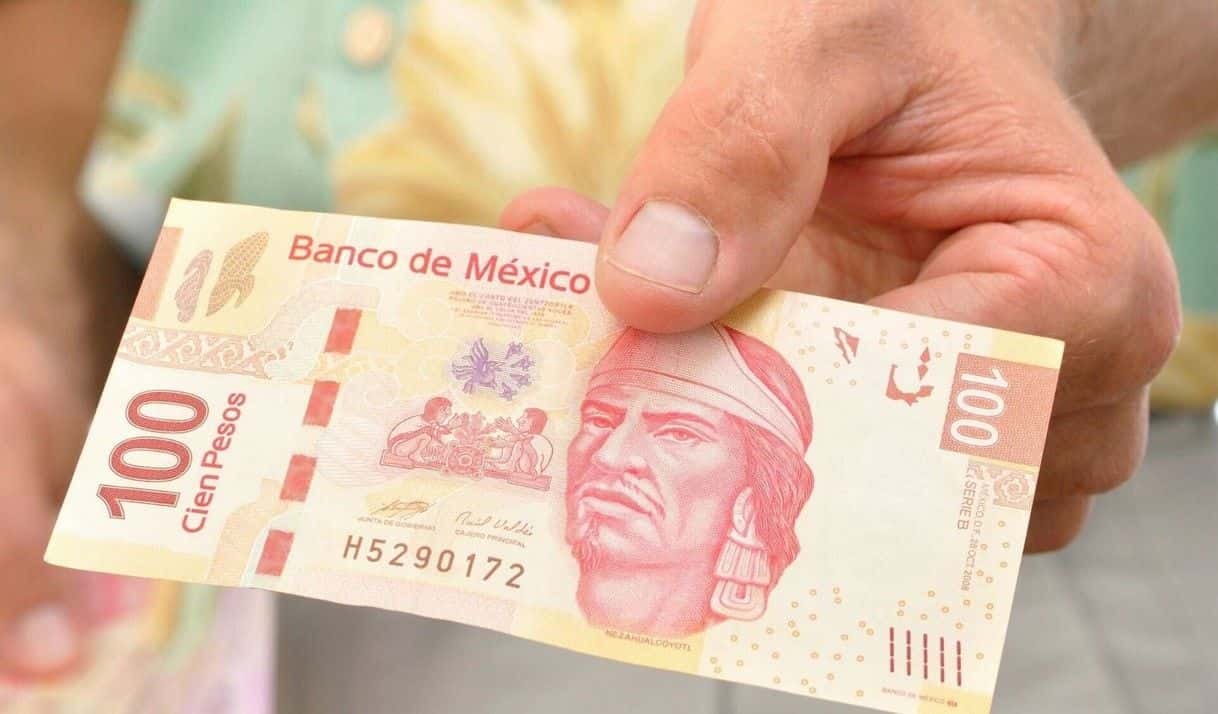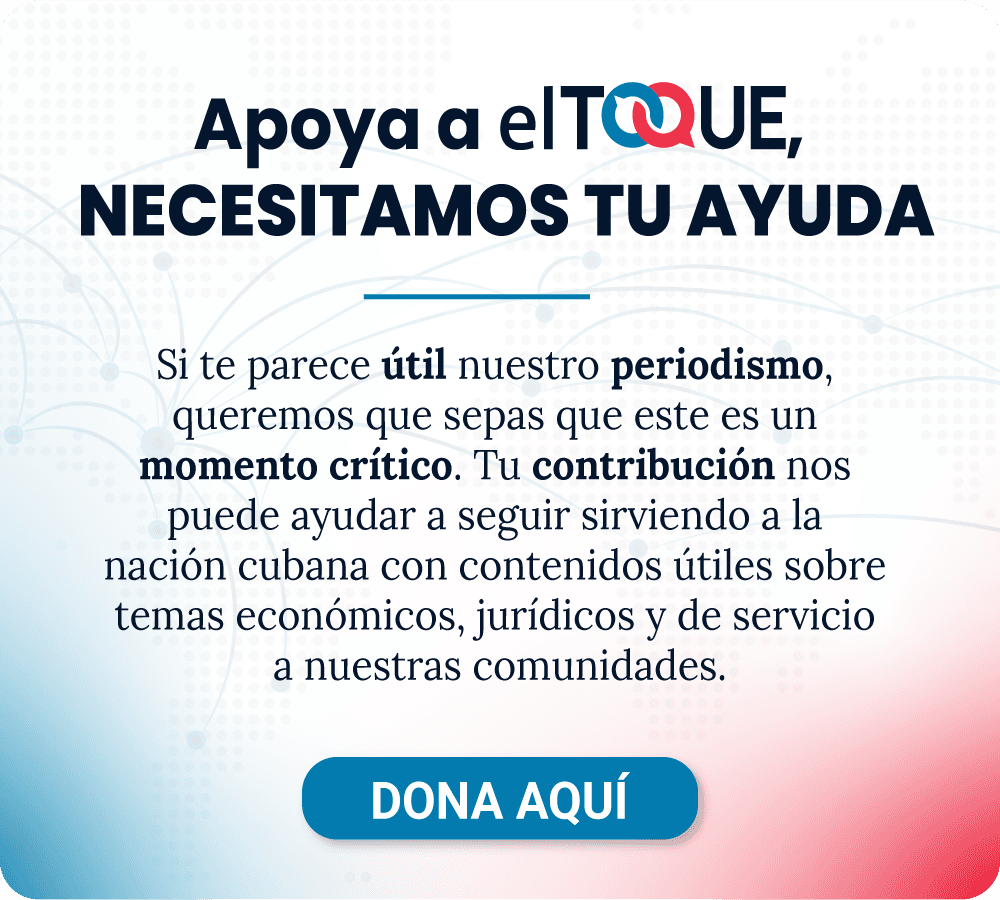How Cubans in Mexico Became a Key Source of Remittances to the Island

Photo: Canva
Here’s a polished, SEO-optimized English translation adapted for a North American audience, in a clear, journalistic style:
In recent years, Mexico has evolved from being merely a transit country for Cuban migrants headed to the United States into a destination in its own right — a prolonged waiting point or even a new home for thousands.
Remittances serve as a financial lifeline for countless Cuban families and are a vital source of foreign currency for both Cuba and Mexico.
In the first quarter of 2025, Mexico received $14.269 billion in remittances, reflecting a 1.3% increase compared to the previous year, according to BBVA Research, citing data from the Bank of Mexico.
However, in April 2025, remittances saw a year-over-year drop of 12% — the sharpest decline in a decade. Analysts attribute this to tighter U.S. immigration policies and the fear among undocumented migrants of being tracked when sending money to family or friends in Mexico.
The Inter-American Development Bank (IDB) estimated in its report Remittances to Latin America and the Caribbean in 2024 that 73.5% of remittance flows to families in Central America originate in the United States.
Remittances are also Cuba’s second-largest source of foreign currency, accounting for around 6.8% of the island’s GDP between 2005 and 2020, according to a study by Cuban economist Pavel Vidal.
Today, Cubans increasingly rely on informal channels, digital platforms such as Fonmoney, or Oceancard cards, among other alternatives, to get money to the island.
Although there is no publicly available data on the exact amount of remittances sent from Mexico to Cuba — or on the most commonly used channels — the risky but popular option of sending money through so-called mules has gained traction.
The Need for Cash
The so-called mules are usually people who travel to Mexico to buy goods — clothing, appliances, personal care products, medicines, and more — and bring them back to Cuba, either to resell them or at the request of others.
This phenomenon emerged as a response to the chronic shortages of goods on the island and has now become part of the informal remittance ecosystem.
Since January 2025, with stricter U.S. border controls and a growing number of Cubans staying in Mexico — whether by choice or necessity — remittance flows to Cuba have expanded.
The Cuban community has developed its own methods for sending money to the island, including a system of “financial mules” or intermediaries operating via platforms like WhatsApp, Telegram, or personal contacts. Social media sites like Facebook are also filled with such offers.
“The need pushes many of us to trust these people and send money without being sure it will reach our families. But there’s no other option except to take the risk (...). They don’t charge me much, and the money has arrived without issues, but I’ve also heard of people who never received their money and were scammed,” said Alisa Escobar, a Cuban woman, in an interview with Diario del Sur in late May 2025.
According to that report, for every 1,000 Mexican pesos sent, families in Cuba receive roughly 17,000 CUP, though amounts vary depending on the channel and Cuba’s informal exchange rate.
In a conversation with elTOQUE, Dorisbel Guillén, a Cuban living in Guadalajara, confirmed that informal channels remain the most common among the Cuban migrant community, though “there are several platforms that allow deposits to Cuban bank cards.”
“From Mexico, we can use official channels like Oceancard cards, but everyone knows the MLC stores [freely convertible currency stores] are empty. So making a deposit to an MLC card is no longer a benefit,” she added.
Guillén explained that she mostly relies on informal methods through people who need to buy Mexican pesos in Mexico and can then offer Cuban cash directly to families on the island.
Cash access in Cuba is extremely limited due to shortages at ATMs and within the banking system.
Given this situation, many Cubans choose to hand over money to people traveling to the island who need Mexican pesos, in an arrangement that allows their relatives to receive cash directly.
“There’s never money in Cuban ATMs. People wait in long lines, so selling that MLC is a hassle. That’s why the most common way to send money from Mexico to Cuba right now is through third parties,” Guillén explained.
However, she warned that this hand-to-hand method is being targeted by Cuban authorities at the island’s airports.
On that point, Mexican public accountant Claudia Córdoba cautioned that both senders and recipients could face penalties if these transfers are found to violate tax laws.
“The growth of the Cuban migrant community in Tapachula, along with the economic crisis on the island, has created a constant demand for remittances, fueling the rise of these informal networks,” she told Diario del Sur.
Official Platforms for Sending Money from Mexico to Cuba in 2025
Through the agency Fonmoney, it is possible to send cash from Mexico to Cuban bank accounts denominated in freely convertible currency (MLC), as well as to Bandec, BPA, Metropolitano, AIS, and Clásica cards.
To complete the transfer, users simply register or log in to Fonmoney, select “Transfers to bank accounts,” and enter the amount to be sent along with the recipient’s details in Cuba.
Payments can be made by card, bank transfer, or through Klarna Sofortüberweisung. Once confirmed, Fonmoney processes the transfer in approximately five to seven business days.
Another option is Havana Ship, which facilitates sending money from Mexico to both MLC and CUP bank cards.
It also delivers cash in euros, U.S. dollars, or Cuban pesos, and accepts payments through OXXO, SPEI bank transfers, Farmacias Guadalajara, the 7-Eleven chain, and cryptocurrencies (via Bitso).
Oceancard, a leading Mexican company specializing in services for Cuban residents on the island, is another alternative. Its offerings include mobile phone top-ups and Nauta internet account recharges in Cuba, in addition to money transfers.
According to its official website, recipients in Cuba receive their remittances through the Oceancard debit card, which is connected to Cuba’s RED financial system and allows withdrawals at ATMs and purchases at point-of-sale terminals across the country.
As more Cubans settle in Mexico, experts anticipate that remittance flows will become more formalized and continue to diversify.









Comments
We moderate comments on this site. If you want to know more details, read our Privacy Policy
Your email address will not be published. Mandatory fields are marked with *